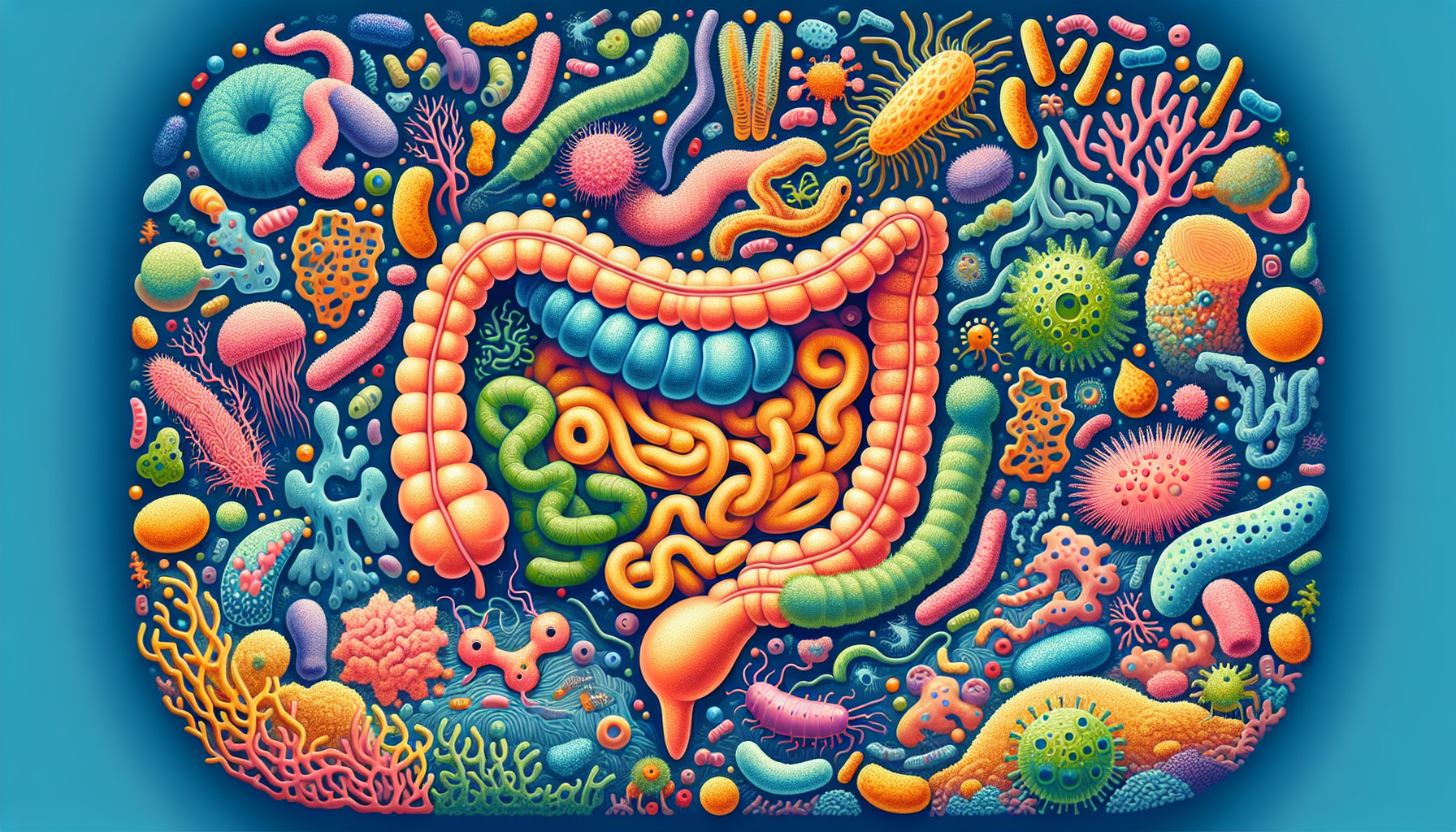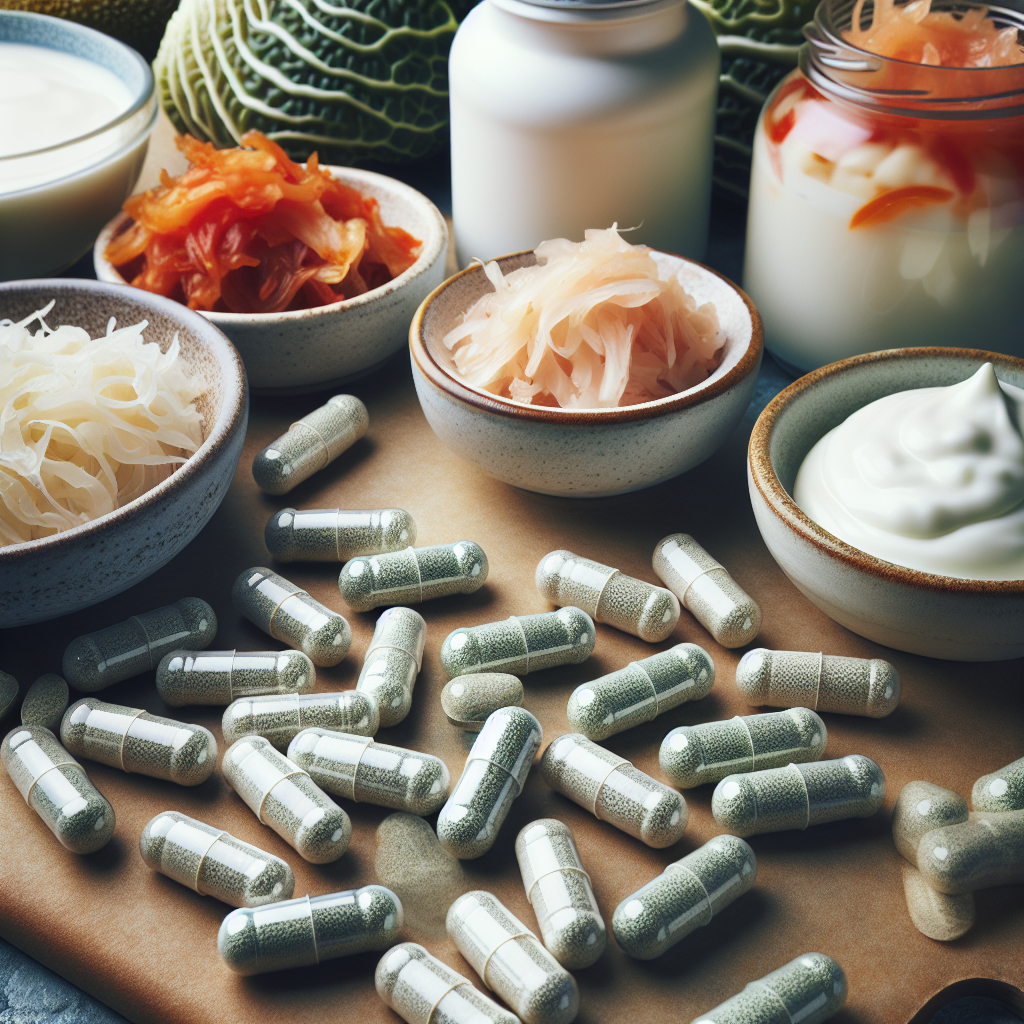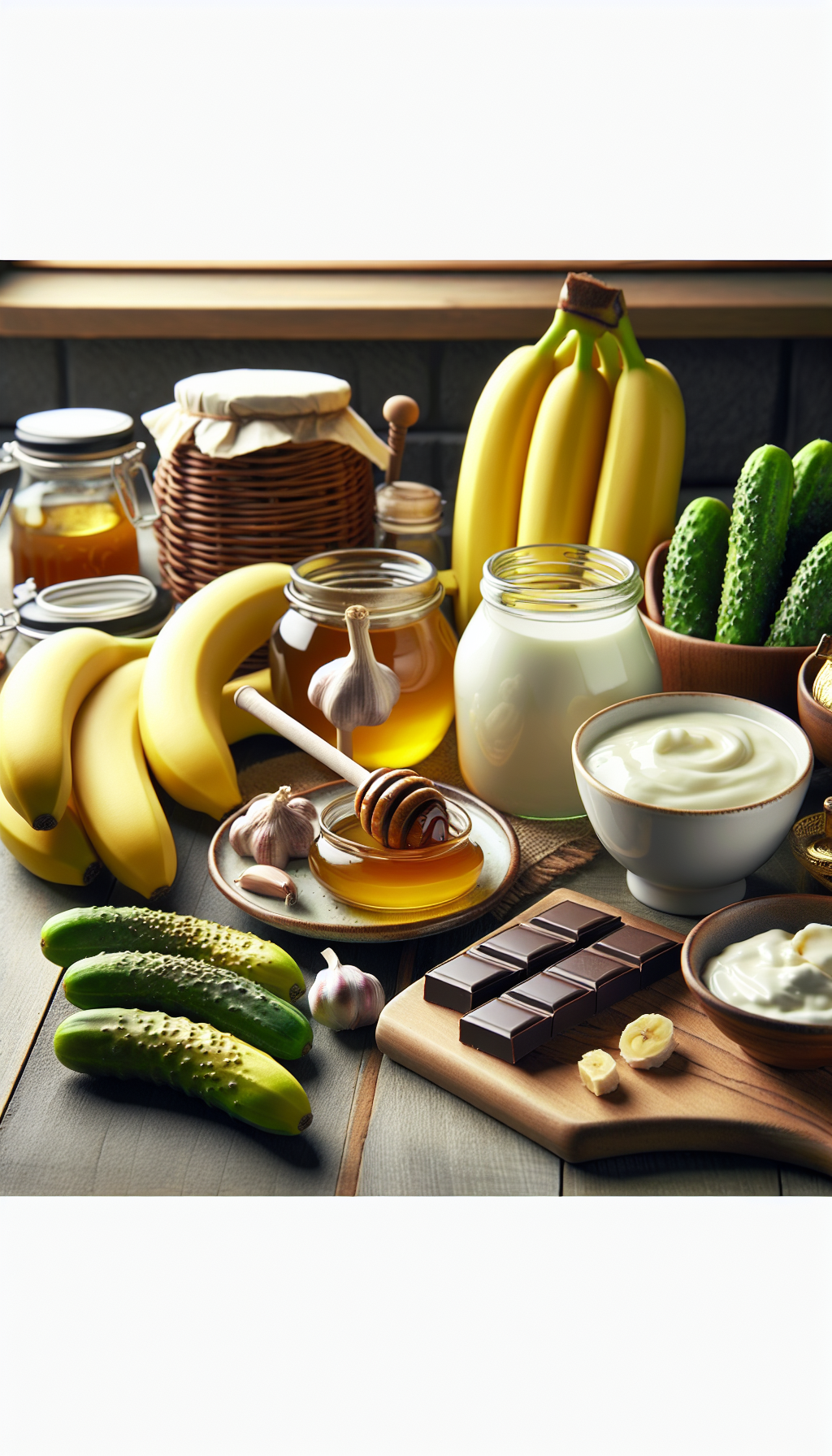The intricate ecosystem within our gut plays a pivotal role in our overall health, influencing everything from digestion to immune function. However, recent research unfolds a surprising facet of this complex network: its connection to food cravings. The gut microbiome, composed of trillions of bacteria and other microorganisms, has been found to impact our dietary preferences in ways we are only beginning to understand.
The Gut Microbiome: A Hidden Influencer of Appetite
The gut microbiome is a community of bacteria, viruses, fungi, and other microscopic living things that reside in our digestive tract. These organisms perform several critical functions, including breaking down food, producing vitamins, and protecting against pathogens. Interestingly, they also communicate with the brain through a pathway known as the gut-brain axis, which plays a significant role in determining our food choices.
Microbial Manipulation of Cravings
Some gut bacteria thrive on specific nutrients and can send signals to the brain to increase the host’s intake of those nutrients. For example, bacteria that prefer dietary fiber may enhance the host’s craving for fruits and vegetables, whereas others might promote a desire for sugar or fat to satisfy their own metabolic needs. This symbiotic relationship suggests that an imbalance in gut microbiota could potentially skew our cravings in less healthful directions.
Probiotics and Appetite Control
The introduction of probiotics, beneficial bacteria found in certain yogurts and supplements, has been shown to potentially alter cravings by changing the composition of the gut microbiome. Probiotic strains such as Lactobacillus and Bifidobacterium have been associated with reduced cravings for high-calorie and high-fat foods, suggesting a possible avenue for dietary intervention.
To learn more about how probiotics can influence gut health, consider reading about Advances in Probiotic Therapy for Digestive Disorders.
The Diet-Microbiome Connection
Diet plays a substantial role in shaping the gut microbiome. The consumption of a varied and balanced diet rich in fruits, vegetables, whole grains, and lean proteins can promote a diverse and stable microbiome, which in turn may help regulate food cravings in a beneficial manner.
High Fiber Intake and Microbial Diversity
Dietary fiber is particularly important as it serves as a prebiotic, fueling the growth of beneficial bacteria. A high-fiber diet is linked to a more diverse gut microbiota, which is associated with better health outcomes and potentially more balanced food cravings.
To delve deeper into the role of fiber in gut health, explore the article on The Impact of Soluble and Insoluble Fiber on Digestive Wellness.
The Effects of Unhealthy Diets
Conversely, a diet high in processed foods, sugar, and saturated fats can lead to a less diverse gut microbiome. This can create a vicious cycle where the gut microbiota favors and reinforces cravings for these less healthful foods, contributing to poor dietary choices and related health issues.
External Influences on the Gut Microbiome
Several factors beyond diet can impact the composition of the gut microbiome and, consequently, influence food cravings.
Antibiotic Use and Microbiome Disruption
Antibiotics can significantly alter the gut microbiota by wiping out both harmful and beneficial bacteria. This disruption can lead to temporary changes in food cravings as the microbial balance is restored.
For insights into maintaining gut health during antibiotic treatment, read How to Support Gut Health During Antibiotic Use.
Stress and the Microbiome
Stress can also affect the gut microbiome, leading to changes in bacterial populations that might influence cravings. Managing stress through mindfulness, exercise, and other strategies can help maintain a healthy gut ecosystem.
For a closer look at how stress impacts the gut, consider the article on Analyzing the Effects of Stress on Gut Microbiota.
Strategies for a Balanced Microbiome
Diversify Your Diet
Eating a wide range of nutrient-dense foods can encourage a diverse microbiome, which is often associated with better health and controlled cravings.
Incorporate Fermented Foods
Fermented foods like yogurt, kefir, sauerkraut, and kombucha contain live bacteria that can bolster the gut microbiome.
Prebiotics and Probiotics
Prebiotic foods, such as garlic, onions, and asparagus, provide nourishment for beneficial bacteria, while probiotic supplements can introduce new bacterial strains.
Limit Antibiotics
Use antibiotics only when necessary and follow your healthcare provider’s guidelines to minimize impact on the gut microbiome.
Further Reading from External Resources
- The Gut-Brain Connection: How Gut Bacteria May Influence Your Mood
- The Role of Gut Microorganisms in Human Health
- Influence of Gut Microbiota on Subclinical Inflammation and Insulin Resistance
The Takeaway
The connection between the gut microbiome and food cravings is an emerging area of interest with significant implications for dietary management and health. By fostering a balanced gut ecosystem through mindful eating and lifestyle choices, it’s possible to positively influence cravings and, by extension, overall well-being.
For more comprehensive information on maintaining digestive health, check out Digestive Health on Avix Health.



